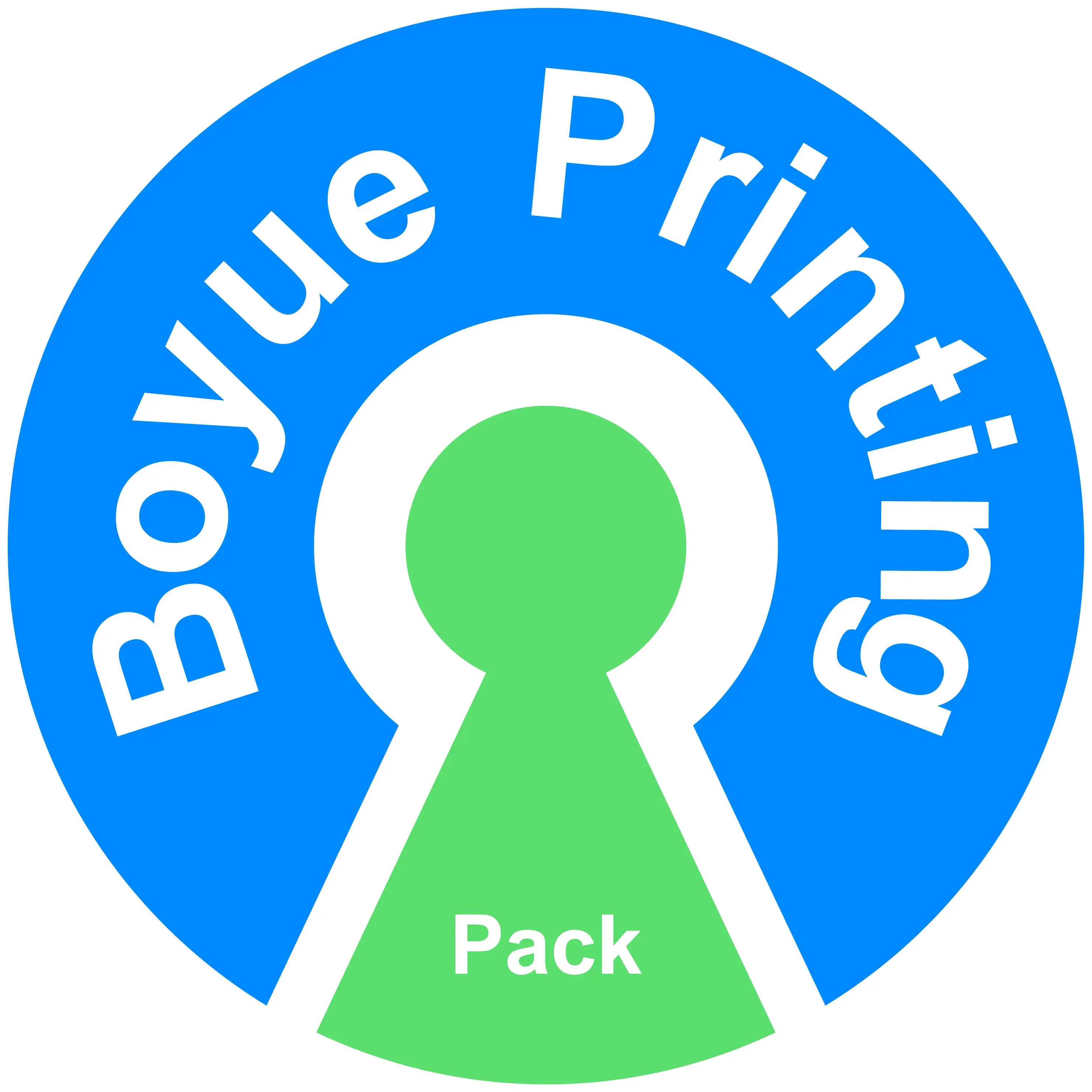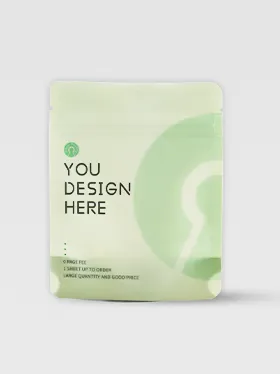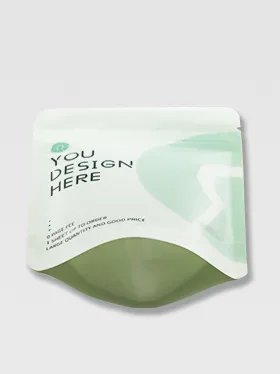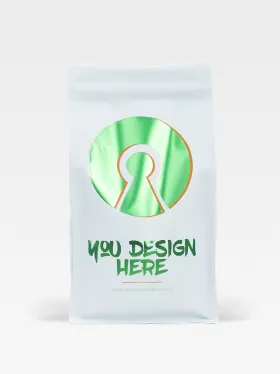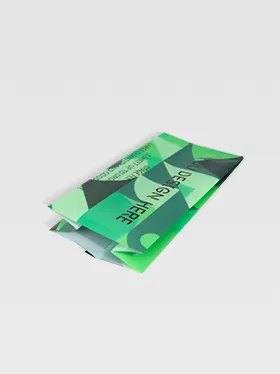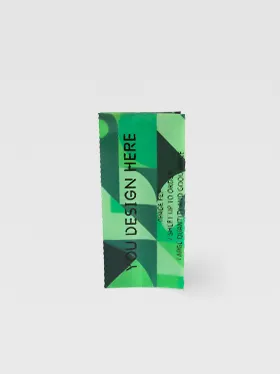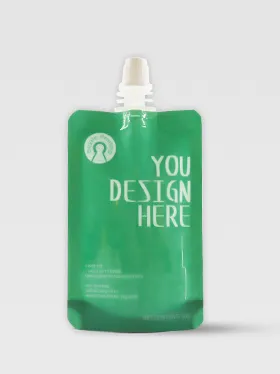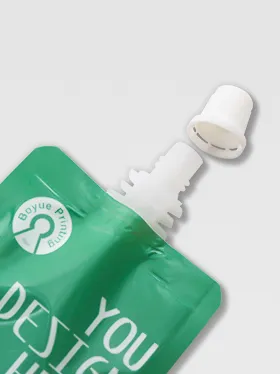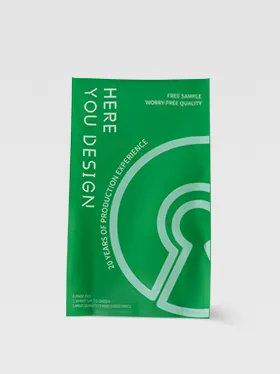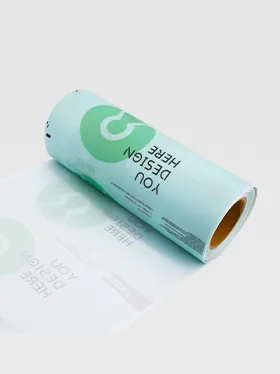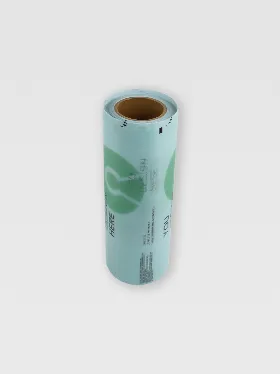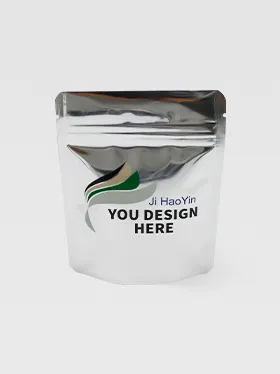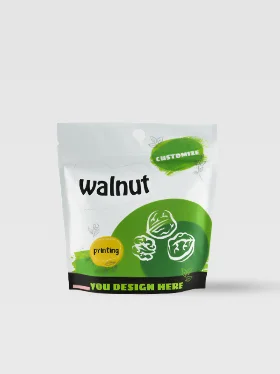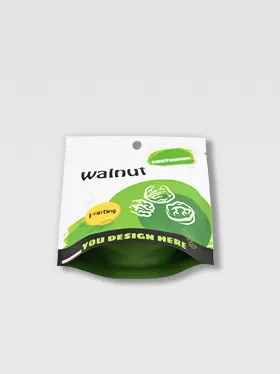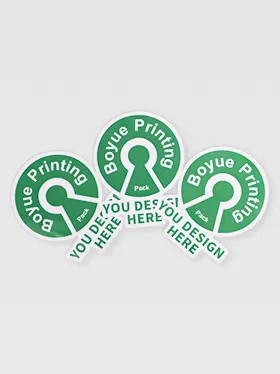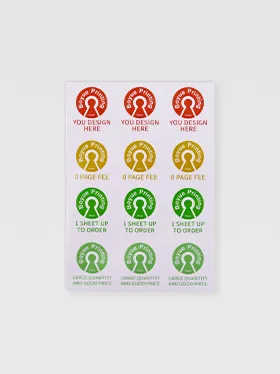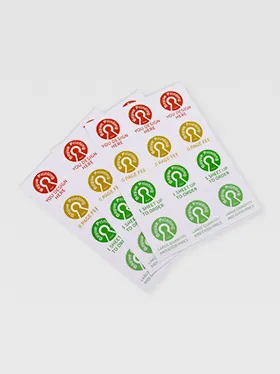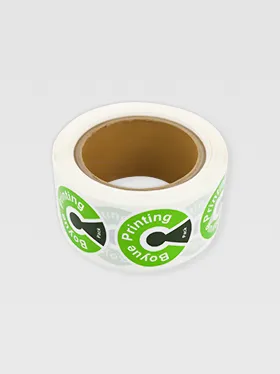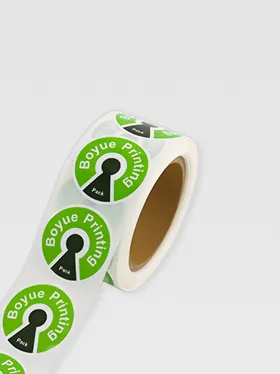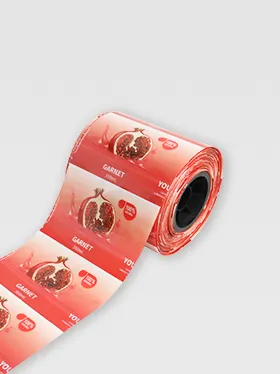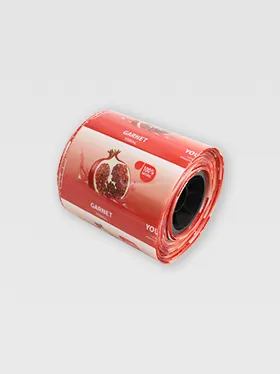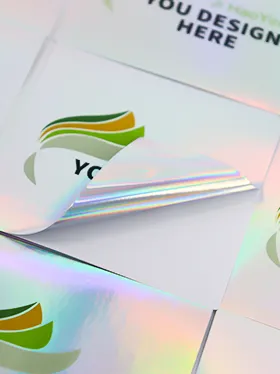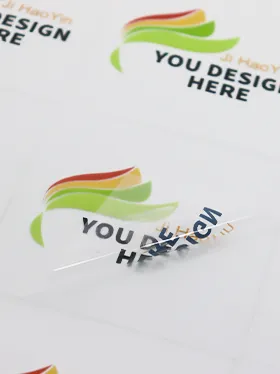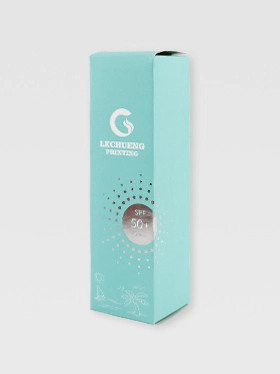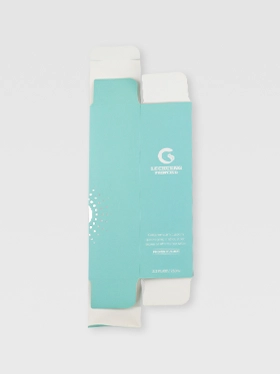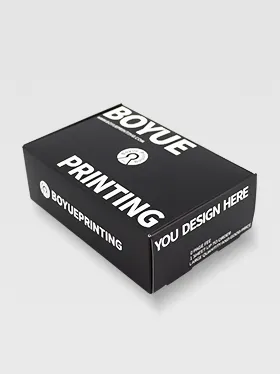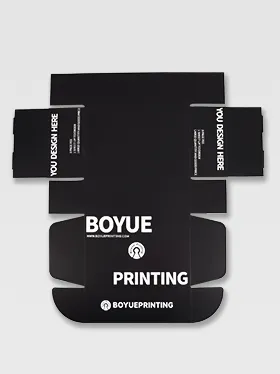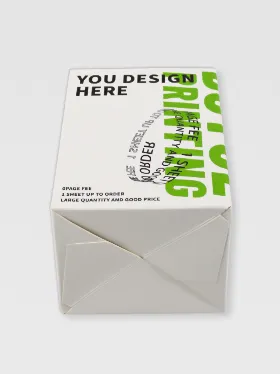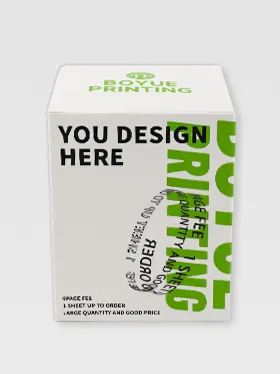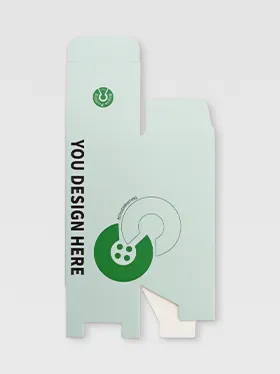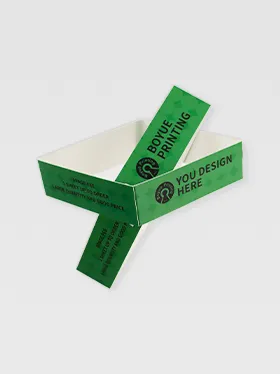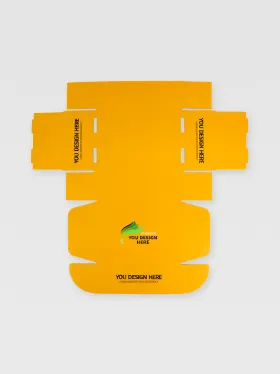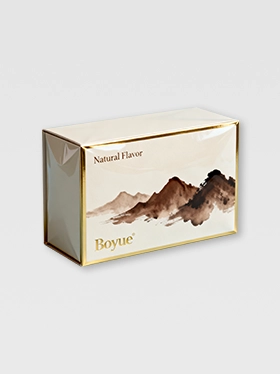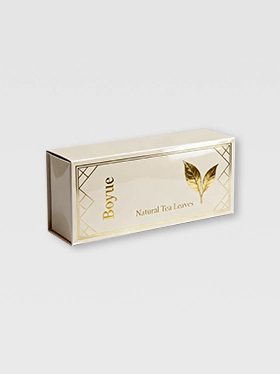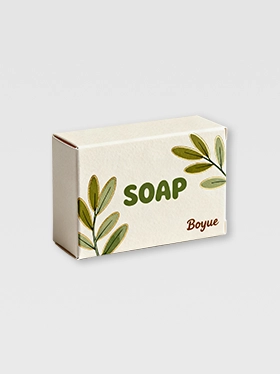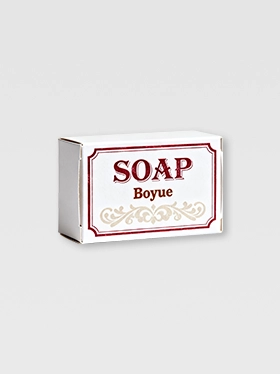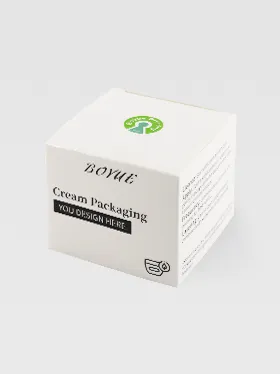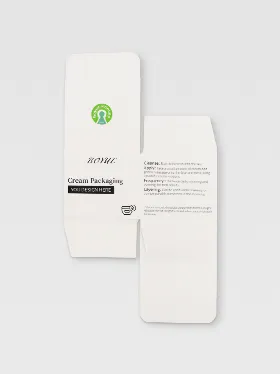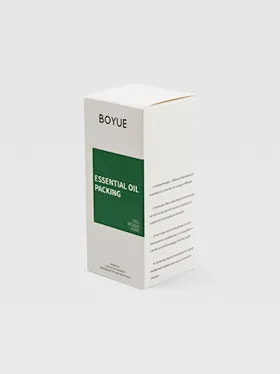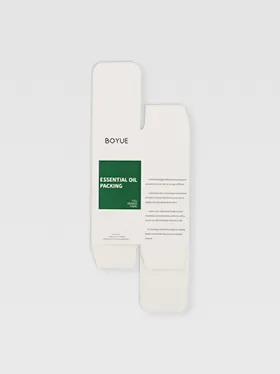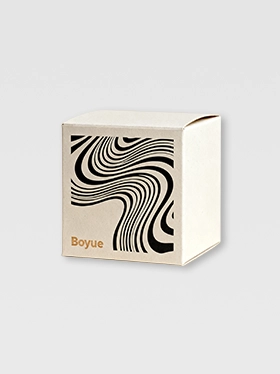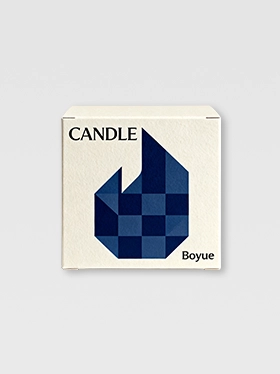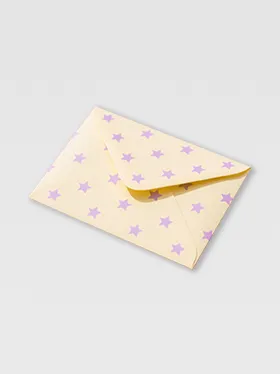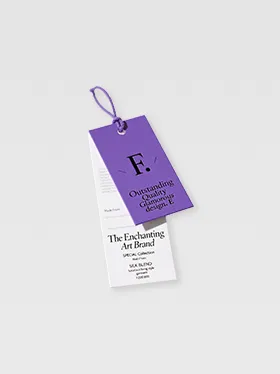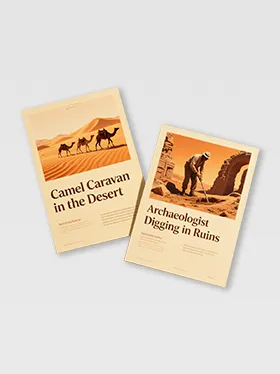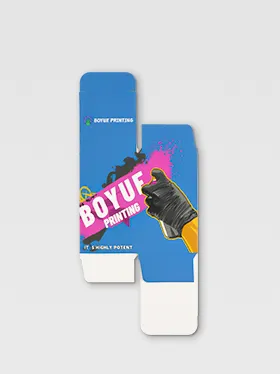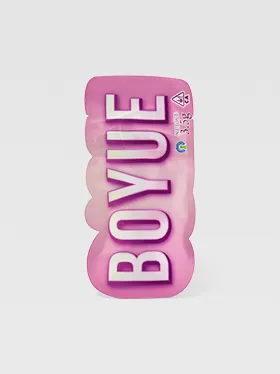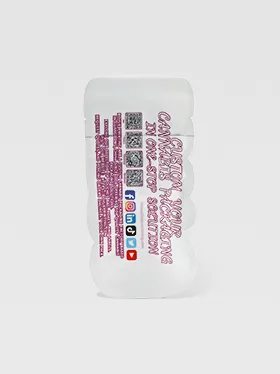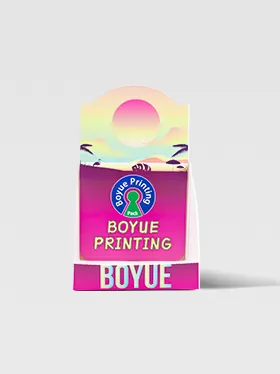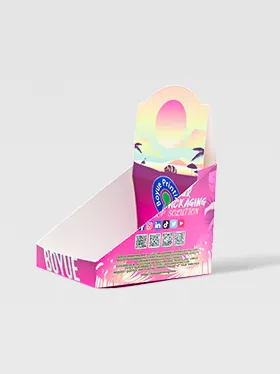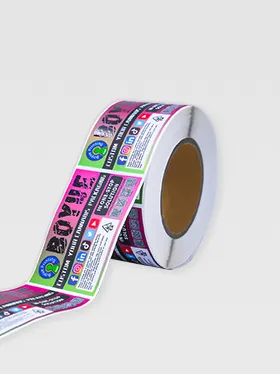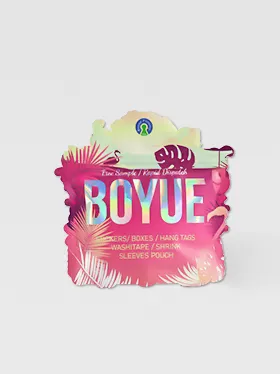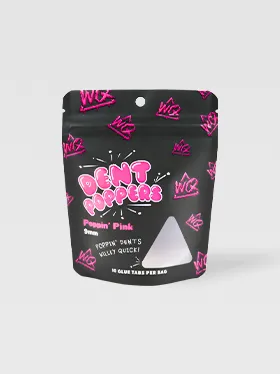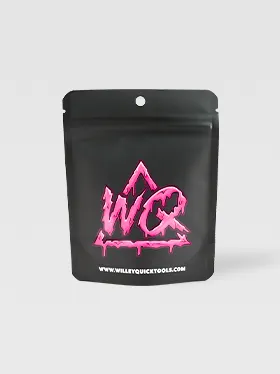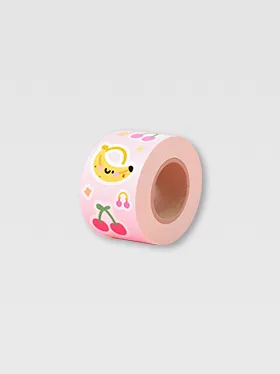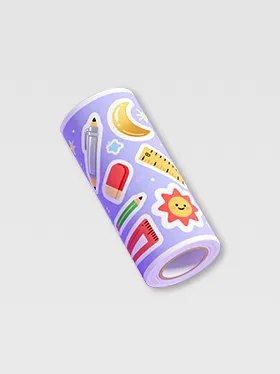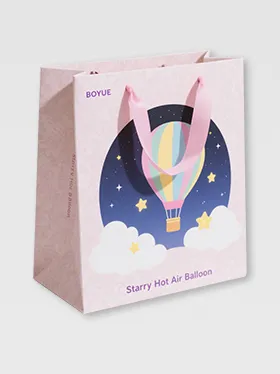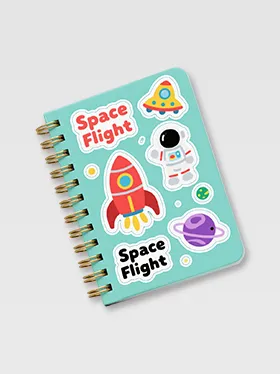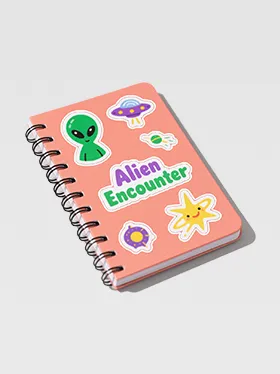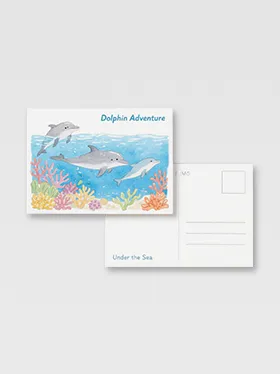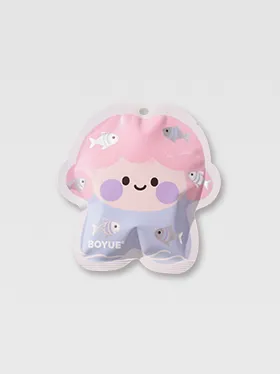
Custom Pouches

Stickers & Label

Custom Boxes

Custom Cards

Cannabis Packaging

Stationery Series
Didn't find the right type?
Online Contact!

0086:18926054779
By Type
By Material
By Use
By Feature
Search
Cart
- Summary
- Orders
- My samples
- Discount
- Artworks
- Favorites
- Payment
- After-sales
- Notifications
- Setting
- Log out
Inspiration & Trends
2025/08/11
How to Use Mylar Bags for Food Storage
Tag:
#how to use Mylar bags
# Mylar bags for food storage
# long-term food storage
#oxygen absorbers
Share:
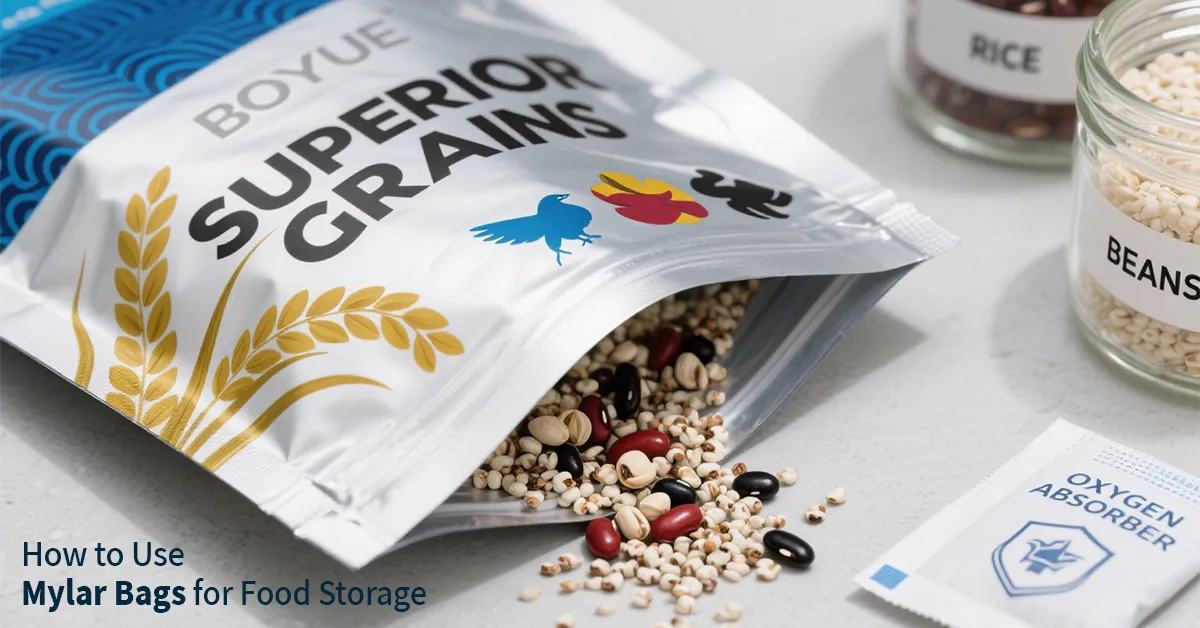
Food storage isn't just for preppers stocking up for emergencies — it's also a smart move for families trying to reduce waste and for food brands looking to protect product freshness. Among the many options available, Mylar bags stand out as one of the most reliable tools for extending shelf life.
This guide takes you beyond the basics. If you already know what Mylar bags are, here you'll learn exactly how to use them, step by step, with practical tips tailored for households, preppers, and small-to-medium food businesses. We'll also cover common mistakes, shelf life comparisons, and how to select the right Mylar bag manufacturer.
Why Mylar Bags Are Trusted for Food Storage
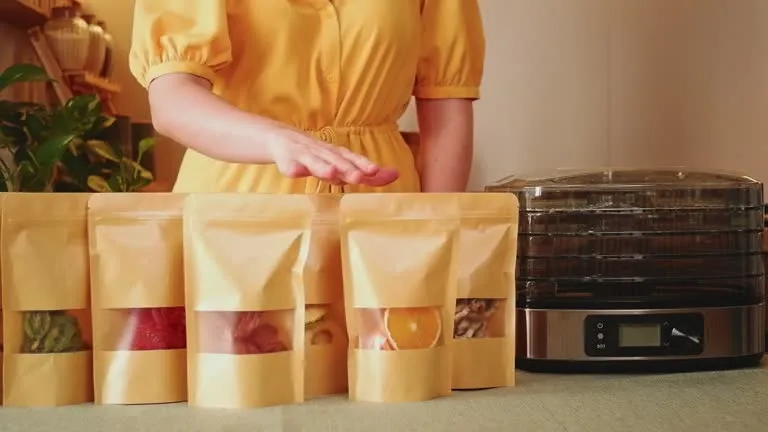
Core Benefits in Real Numbers
Mylar bags, typically made from BoPET laminated with aluminum foil and polyethylene, provide an outstanding barrier:
Oxygen Transmission Rate (OTR): <0.01 cc/m²/day (ASTM F1927 standard)
Light Protection: >99% UV block (prevents oxidation and vitamin loss)
Moisture Transmission: 0% under sealed storage conditions
This makes them one of the few packaging solutions capable of extending dry food shelf life for 10–30 years.
Foods That Work Best
- Grains: rice, wheat, oats
- Beans and lentils
- Powdered mixes: flour, pancake mix, powdered milk
- Freeze-dried foods: vegetables, fruits, meals
- Coffee & tea
When Not to Use Mylar Bags
Avoid storing high-moisture or oily foods (e.g., fresh nuts, brown rice, dried fruit with >10% moisture). These spoil quickly, even in a sealed environment.
What You Need Before You Start

Choosing Bag Size and Thickness
| Bag Type | Best Use Case | Thickness Recommendation | Shelf Life Potential |
| 1 - Gallon Bags | Family portions, small batches | 5 mil | 3-5 years |
| 5 - Gallon Bags | Bulk staples (rice, wheat, beans) | 7 mil | 10-30 years |
| Kraft Paper Pouches | Retail packaging, eco-friendly | 5–7 mil with foil liner | 3-10 years |
| Window Pouches | Retail visibility + freshness | 5–7 mil | 3-10 years |
👉 Explore options: Custom Pouches
Oxygen Absorbers — Critical for Success

The right oxygen absorber (OA) size depends on food density and bag volume.
| Bag Size | Food Type | OA Needed (cc) |
| 1 Gallon | Rice, Oats | 300-500cc |
| 1 Gallon | Beans, Wheat | 500cc |
| 5 Gallon | Mixed dry goods | 2000cc |
📌 Pro Tip: Open absorber packs last, seal bags within 10 minutes to prevent absorber inefficiency.
Heat Sealing Tools
Impulse sealer: professional, consistent 10mm seals.
Household iron: set to “cotton” heat, seal across a flat wood board.
Hair straightener: works well for narrow seals and small bags.
Extra Protection
For long-term storage, place sealed Mylar bags inside food-grade buckets or sturdy bins. This prevents punctures and keeps pests out.
Step-by-Step Guide: Using Mylar Bags for Food Storage
Step 1 — Prepare Bags & Workspace
Inspect for pinholes or defects. Work in a clean, dry area.
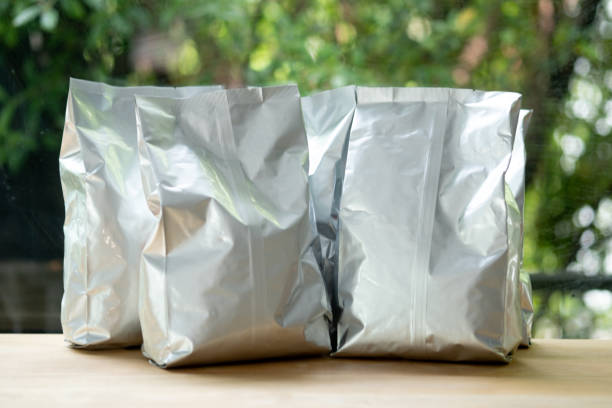
Step 2 — Fill with Dry Foods
Stick to low-moisture (<10%) foods. Leave 2–3 inches at the top for sealing.
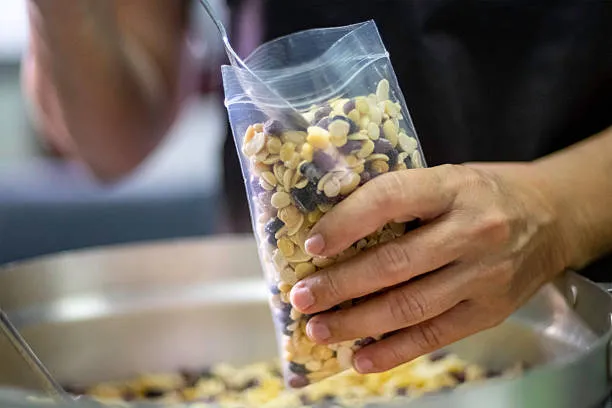
Step 3 — Add Oxygen Absorber
Drop the absorber on top of the food. Don’t shake or compress the bag too tightly before sealing.
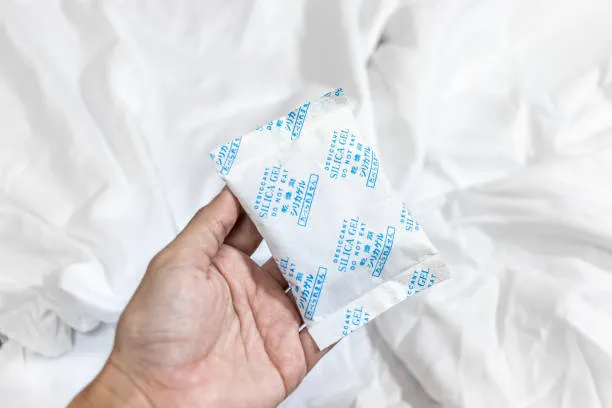
Step 4 — Seal the Bag
Impulse Sealer: press for 2–3 seconds.
Iron Method: seal across slowly for uniform adhesion.
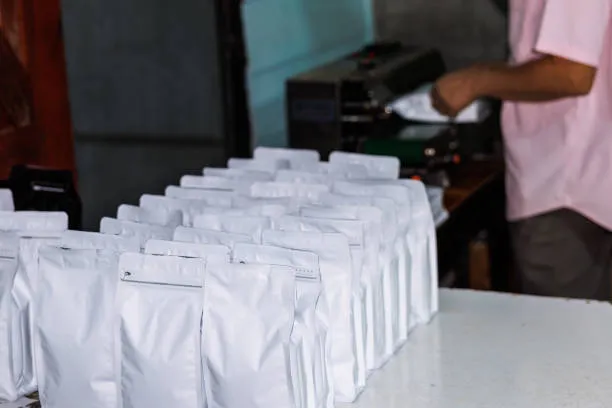
Step 5 — Label Contents & Date
Use permanent marker for easy identification and stock rotation.

Step 6 — Store Properly
Keep bags in cool, dry, dark environments. Every 10°F increase above 75°F cuts shelf life by ~50%.
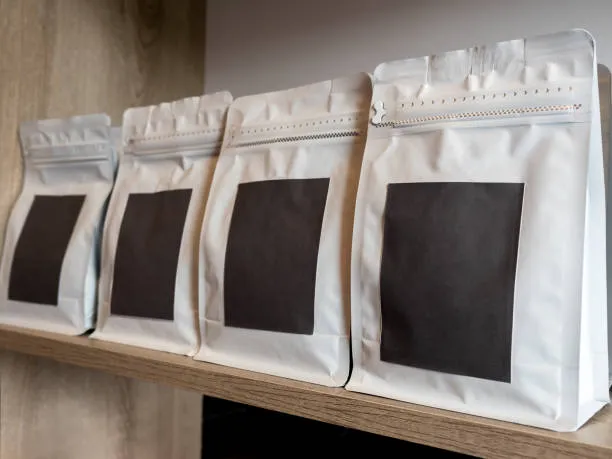
Tips for Different Users
For Preppers
- Choose 5-gallon, 7 mil foil bags for staples like rice and wheat.
- Store in multiple smaller bags instead of one large bag to reduce risk of loss.
- Use double-sealing as insurance.
For Families
- Use 1-gallon bags for meal-sized portions — easier rotation and less waste.
- A small impulse sealer is worth the investment (~$30).
- Label everything clearly for easy pantry organization.
For Food Brands
- Choose retail-ready designs like stand up pouches.
- Use kraft paper pouches for organic, eco-friendly branding.
- Liquids and semi-liquids? Go with spout pouches.
- Add custom printing for brand identity and shelf appeal.
Common Mistakes to Avoid
- Underusing oxygen absorbers → results in mold and pests.
- Using thin bags → punctures or oxygen seepage.
- Poor sealing → wrinkles = leaks.
- Improper storage conditions → heat and humidity shorten shelf life drastically.
Shelf Life Reference Table
| Food Type | Shelf Life (with OAs, 7 mil bags) |
| White Rice | 25-30 years |
| Wheat | 25+ years |
| Rolled Oats | 10 years |
| Dried Beans | 10-15 years |
| Pasta | 10-15 years |
| Freeze-Dried Meals | 25-30years |
| Coffee Beans | 1-2 years |
Choosing Reliable Mylar Bag Manufacturers

When it comes to selecting the right Mylar bag manufacturer, the needs of home users, preppers, and food brands vary significantly. Let's break down the best options for each.
For Home & DIY Use
If you're looking for Mylar bags for personal or DIY food storage, platforms like Amazon or local retail channels are convenient and cost-effective options. These bags are typically available in various sizes, often sold in bulk, and perfect for one-time or smaller purchases. Be sure to check reviews to ensure the quality meets your needs for freshness and durability.
For Preppers
For those prepping for long-term food storage, thicker bags are a must. We recommend choosing Mylar bags with a minimum thickness of 7 mil to provide robust protection against moisture, light, and pests. Larger 5-gallon bags are ideal for storing bulk foods like grains, beans, and emergency rations, as they offer ample space while ensuring superior protection for extended shelf life.
For Food Brands
Food brands seeking custom Mylar bags for retail or e-commerce should prioritize manufacturers that offer custom printing capabilities, low minimum order quantities (MOQ), and brand-focused packaging. A supplier that specializes in custom solutions like Boyue Printing can help you create personalized packaging that aligns with your branding goals, whether you need small runs or larger quantities.
FAQ — Advanced Mylar Bag Usage
Q: Can I reuse Mylar bags?
Yes, trim and reseal if undamaged.
Q: My bag didn’t shrink after sealing. Did it fail?
Not always. Some foods trap air. Test seal integrity.
Q: Can I freeze Mylar bags?
Yes, but sharp contents may puncture. Use buckets.
Q: Should I vacuum seal before adding absorbers?
Optional. Oxygen absorbers alone are sufficient.
Q: Can I store sugar or salt in Mylar bags?
Yes, but skip absorbers — these don’t require oxygen removal.
Q: How do I store absorbers if I don’t use them all?
Seal in mason jars or vacuum bags immediately after opening.
Final Thoughts & Next Steps
Using Mylar bags for food storage is about precision, not luck. With the right bag thickness, oxygen absorbers, sealing method, and storage conditions, your food can last decades.
For families, this means less waste. For preppers, it means security. For food brands, it means freshness and stronger shelf presence.
👉 Ready to take the next step?
Check out our Custom Pouches for barrier options, or Contact Boyue Printing for a free consultation and quote.
Share:
Categories
DIDN'T FIND THE RIGHT TYPE?
Don't worry! we can help!
Online Contact
DIDN'T FIND THE RIGHT TYPE?
Don't worry! we can help!
Online Contact
DIDN'T FIND THE RIGHT TYPE?
Don't worry! we can help!
Online Contact
DIDN'T FIND THE RIGHT TYPE?
Don't worry! we can help!
Online Contact
DIDN'T FIND THE RIGHT TYPE?
Don't worry! we can help!
Online Contact
DIDN'T FIND THE RIGHT TYPE?
Don't worry! we can help!
Online Contact

Make packaging now!
